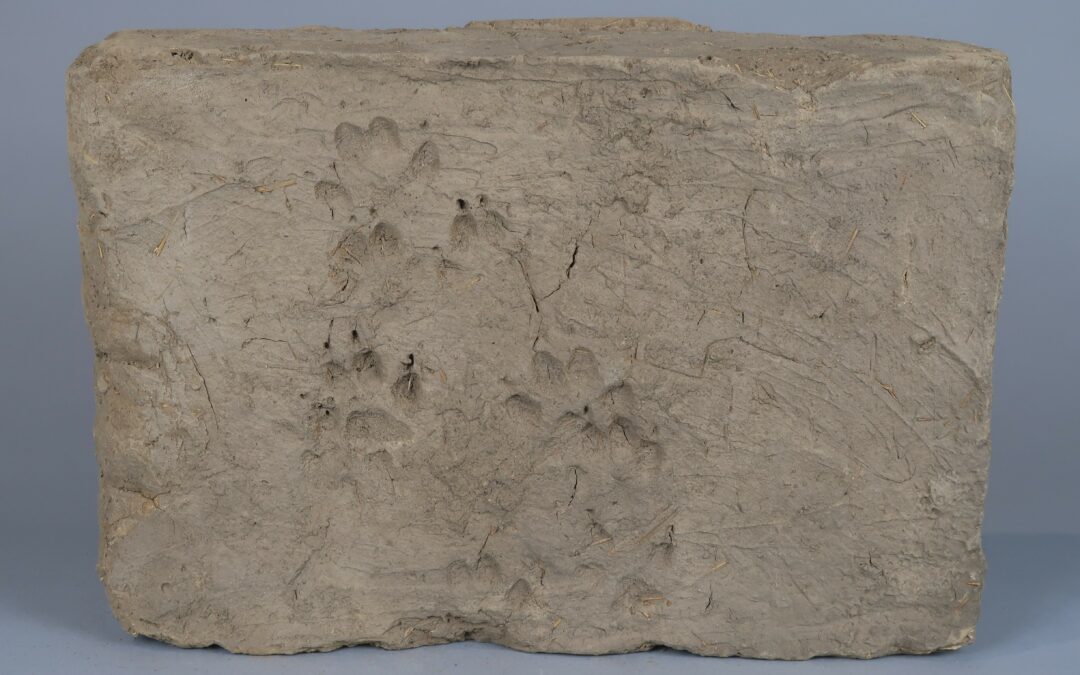Sutter’s Fort State Historic Park sits within the traditional homeland of Native Miwok, Maidu, and Nisenan peoples. The establishment of Sutter’s Fort in 1839 had a long-lasting impact on surrounding tribes, leading to the destruction of Native culture. To present a more inclusive and accurate history of the Fort, California State Parks is in the process of implementing a new Interpretive Master Plan that illuminates previously excluded stories. This includes acknowledging and teaching about the trauma endured by Native communities.
The labor of Native people, including Native Hawaiians, was heavily relied upon to construct Sutter’s Fort. This labor, often coerced or slave labor, included using Native artisans and makers to create the adobe bricks used for the walls of the original Fort. Sutter’s Fort fell into ruin in the 1850s, so that by the late-nineteenth century the Central Building was the only remaining adobe structure on the site.
This original adobe brick was removed from the Central Building during a restoration project in 1926. Not was the brick likely crafted by Native peoples, but it is also unique for the tracks embedded in its surface—left by a coyote walking across the wet adobe before it dried.
The brick’s preservation in our collections testifies to the crucial role of Native peoples’ forced labor in the history of Sutter’s Fort.
A special Thanks to the Authors of this Series
Collections Highlights from September 2023 to March 2024 are co-authored by Emma Silverman (Cultural Resources Program Manager), Judy Russo (Museum Technician), and Morgan Braun (Park Interpretive Specialist), based in part on research files assembled by State Park curators over decades.
Click here to receive this series directly to your email!
Overview of Sutter’s Fort State Historic Park Collection
The Sutter’s Fort State Historic Park Collection is one of the largest in the State Park system, with over 50,000 objects including photographs, diaries, letters, maps, paintings, furnishings, tools, and housewares. The Collection contains items that directly testify to life at Sutter’s Fort in the 1840s such as John Sutter’s magnifying glass, likely used to inspect the nugget that sparked the Gold Rush, and a Spanish-style plow used by Native people who were forced to labor for Sutter. However, the bulk of the collection, traditionally known as the “Pioneer Collection,” was amassed in the first part of the twentieth century and represents the experiences of Euro-American settlers and the history of the formation of the State of California.
While there are many artifacts typically on display at the historic site, most items from the Sutter’s Fort collection are housed at a state of the art curatorial facility on the former McClellan Air Fort Base. This facility is called the Statewide Museum Collections Center (“SMCC”). The talented California State Parks Curatorial team cares not only for the exhibits at the Fort, but for this huge collection offsite.

